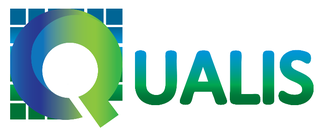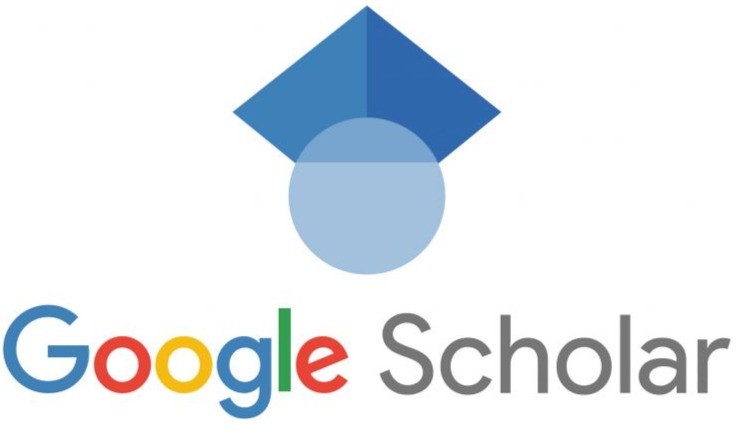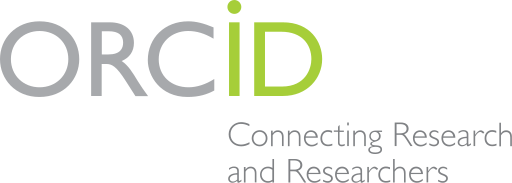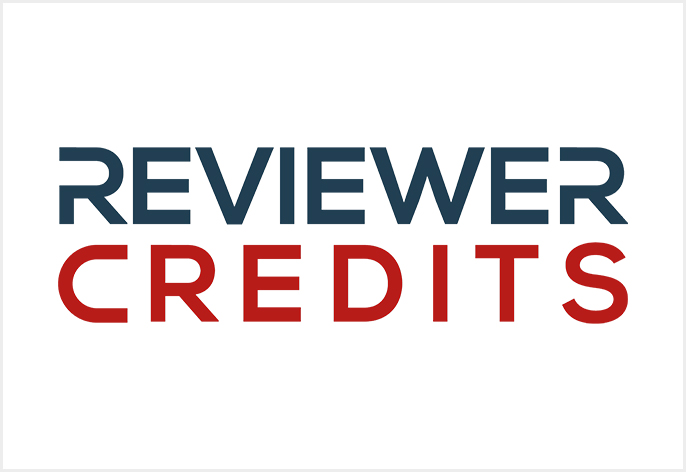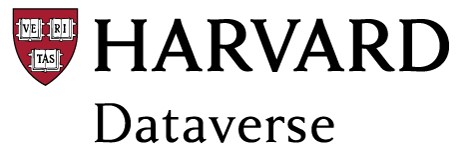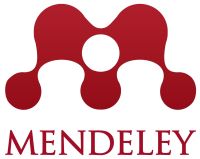THE TREND TO CONSUME PSYCHODRUGS TO INCREASE PRODUCTIVITY AMONG YOUNG PEOPLE
POSSIBLE CONSEQUENCES OF MISUSE
DOI:
https://doi.org/10.36674/mythos.v21i2.918Keywords:
Psychostimulant, Productivity, Psychotropic SubstancesAbstract
There are several types of psychostimulants, from the simplest ones like caffeine and energy drinks, to drugs like ecstasy. In addition to these, there are other medications such as methylphenidate and lisdexamfetamine, which are the focus of this article. These psychotropic drugs are considered safe for those who have disorders, such as in people with Attention Deficit Hyperactivity Disorder (ADHD), improving alertness and concentration. However, its misuse over time can cause modifications in dopaminergic and noradrenergic pathways, increasing sensitivity to anxiety disorders and intensifying the effects when combined with other stimulants, in addition to increasing the risk of addiction and causing other impacts. The purpose of this study was to analyze, based on a literature review, the use of psychostimulants, especially by young people in Brazil, its motivations and some possible consequences. It was possible to observe a high rate of young university students consuming psychostimulant drugs in order to improve cognitive performance and withstand social pressures. Many of them use the drugs without medical indication or prescription, and do not have any diagnosis of ADHD that justifies their use. The results demonstrate the importance of discussions on regulation, ethics and awareness on the subject, as well as the need to promote non-pharmacological alternatives for better productivity, such as time management, healthy eating, exercise, quality sleep and therapy.
References
ANDRADE, Luana da Silva; et al.: Ritalina, uma droga que ameaça a inteligência. Revista de Medicina e Saúde de Brasília, v (7), 2018.
ANGELL, Marcia: A Verdade sobre os laboratórios farmacêuticos; Rio de Janeiro/São Paulo; Editora Record, 2007.
AYRES, Gutierrez Fellipe Muniz & ARRUDA, Antônio Carlos Pereira: Efeito da ingestão de cafeína sobre o desempenho de força dinâmica em um teste de repetições múltiplas. Revista Brasileira de Nutrição Esportiva, v (4), 303-313, 2010.
BARBOSA, Larissa Almeida Oliveira; et al.: Prevalência e características do uso de fármacos psicoestimulantes para fins de neuroaprimoramento cognitivo entre estudantes de Medicina. J. of Multiprofessional Health Research, v (2), 2021. Disponível em: <https://orcid.org/0000-0001-9855-4631>. Acesso em 30/10/2023.
BARROS, Denise; ORTEGA, Francisco: Metilfenidato e aprimoramento cognitivo farmacológico: representações sociais de universitários. Fundação Carlos Chagas Filho de Amparo à Pesquisa do Estado do Rio de Janeiro – Faperj, 2011. Disponível em: <https://www.scielo.br/j/sausoc/a/Y8GZWGT8pnBNhFxZtSSrkDq/?lang=pt#>. Acesso em: 03/11/2023.
BIEDERMAN, Joseph; FARAONE, Stephen: Attention-deficit hyperactivity disorder. Lancet, 2005. Disponível em: <10.1016/S0140-6736(05)66915-2> Acesso em: 31/10/2023.
CONSELHO FEDERAL FÁRMACIA; CRF-SP: Pesquisa aponta que 77% dos brasileiros têm o hábito de se automedicar. 2019. Disponível em: <https://www.crfsp.org.br/noticias/10535-pesquisa-aponta-que-77-dos-brasileirost%C3%AAm-o-h%C3%A1bito-de-se-automedicar.html>. Acesso em 20/10/2023.
DANTAS, Bartira Maraína de Souza, GONÇALVES, Priscila Pires, LIMA, Raísa Kettlyn Simões, BRAZ, Sabrina Daniella Carneiro, GONÇALVES, Gregório Fernandes. Uso de psicoestimulantes na vida acadêmica: uma revisão integrativa. Brazilian Journal of Health Review, 5(1), 3819–3827. 2022. Disponível em: <https://doi.org/10.34119/bjhrv5n1- 327> Acesso em 12/11/2023.
FILHO, Eduardo: Venvanse: cresce o consumo do remédio entre jovens para melhorar a concentração; entenda os graves riscos à saúde. O Globo, São Paulo, 2022. Disponível em: <https://oglobo.globo.com/saude/medicina/noticia/2022/07/venvanse-cresce-o-consumo-do-remedio-entre-jovens-para-melhorar-a-concentracao-entenda-os-graves-riscos-a-saude.ghtml>.Acesso em 20/10/2023.
FIO CRUZ. III Levantamento Nacional sobre o uso de Drogas pela População Brasileira; Rio de Janeiro: FIOCRUZ/ICICT, 2017. Disponível em: <https://www.arca.fiocruz.br/handle/icict/34614>. Acesso em 22/10/2023.
GARROSA, Hernández; et al.: Prevenção e intervenção na síndrome de Burnout. In A. M. T. Benevides Pereira (Org.), 2002 Burnout: Quando o trabalho ameaça o bem-estar do trabalhador. São Paulo: Casa do Psicólogo.
HARAYAMA, Rui; GOMES, Jason; BARROS, Renata; GALINDO, Dolores; SANTOS, Daniella. Nota Técnica: O Consumo de Psicofármacos no Brasil, dados do Sistema Nacional de Gerenciamento de Produtos Controlados ANVISA (2007-2014); Fórum sobre a medicalização da educação e da sociedade, 2015. Disponível em: <https://cetadobserva.ufba.br/sites/cetadobserva.ufba.br/files/1_1.pdf>. Acesso em 05/11/2023.
HARRO, Jaanos. Neuropsychiatric Adverse Effects of Amphetamine and Methamphetamine. Epub. 2015. Disponível em: <https://pubmed.ncbi.nlm.nih.gov/26070758/>. Acesso em 10/11/2023.
KAYE, Sharlene, MCKETIN, Rebecca, DUFLOU, Johan, DARKE, Shane: Methamphetamine and cardiovascular pathology: a review of the evidence. Addiction. 2007 Disponível em: <https://onlinelibrary.wiley.com/doi/10.1111/j.1360-0443.2007.01874.x>. Acesso em: 05/11/2023.
LEMBKE, Anna: Nação dopamina: Porque o excesso de prazer está nos deixando infelizes e o que podemos fazer para mudar. Vestígio. 2022.
LINTZERIS, Nicholas; BREEN, Courtney: The risks of using illicit drugs to treat pain. British Journal of Anaesthesia. Addiction. 2020.
MACHADO, Priscila Ferreira; OLIVEIRA, Tharcizio de Souza; CATELAN-MAINARDES, Sandra Cristina: Doping intelectual: você faria? Mostra Interna de Trabalhos de Iniciação Científica e Mostra Interna de Trabalhos de Iniciação Tecnológica e Inovação; Anais. Maringá, 2016.
MARTIN, Connor, FRICKE, Dennis, VIJAYASHANTHAR, Abisha, LOWINGER, Courtney, KOUTSOMITIS, Dimitris, POPOOLA, Daniel, HADJIARGUROU, Michael, KOMATSU, David and THANOS, Panayoti: Recovery from behavior and developmental effects of chronic oral methylphenidate following an abstinence period. Pharmacol. Biochem. Behav. 2018; 172:22–32. Disponível em: <doi: 10.1016/j.pbb.2018.07.001. - DOI - PMC - PubMed>. Acesso em: 30/10/2023.
MINNITI, G. et al. O consumo de drogas psicoestimulantes entre estudantes de medicina. Brazilian Journal of Health Review, Vol.4, 2021. Disponível em: <https://doi.org/10.34119/bjhrv4n4-269>. Acesso em: 30/10/2023.
MORGAN, Henri; PETRY, Arthur; LICKS, Pedro; BALLESTE, Artur; TEIXEIRA, Kellwin; DUMITH, Samuel: Consumo de Estimulantes Cerebrais por Estudantes de Medicina de uma Universidade do Extremo Sul do Brasil: Prevalência, Motivação e Efeitos Percebidos. Revista Brasileira de Educação Médica 41, 2017. Disponível em: <https://doi.org/10.1590/1981-52712015v41n1RB20160035>. Acesso em: 30/10/2023.
MUNIZ, Leticia Ribeiro; ALMEIDA, Karine Cristina: Avaliação do consumo de estimulantes cerebrais entre os acadêmicos do Curso de Medicina de um Centro Universitário no interior de Minas Gerais. Brazilian Applied Science Review, 2021. Disponível em: <https://ojs.brazilianjournals.com.br/ojs/index.php/BASR/article/download/29342/23145/75253#:~:text=Fonte%3A%20Dados%20da%20pesquisa%2C%202020.&text=A%20partir%20dos%20dados%20coletados,para%20melhorar%20o%20desempenho%20cognitivo>. Acesso em: 02/11/2023.
NEVES, Tiago Iwasawa; SOUZA, Vinicius José de Lima: Patologia do Desempenho: TDAH, Drogas Estimulantes e Formas de Sofrimento no Capitalismo. 2022. Disponível em: <https://doi.org/10.1590/1982-3703003236353>. Acesso em: 04/11/2023.
ONU: Report of the International Narcotics Control Board for 2013; Junta Internacional de Fiscalização de Entorpecentes (JIFE) ou International Narcotics Control Board. 2014. Disponível em: <https://www.incb.org/documents/Publications/AnnualReports/AR2013/English/AR_2013_E.pdf>. Acesso em: 04/10/2023.
PAIVA, Gabriel Pina; GALHEIRA, Antonio Filipe; BORGES, Mateus Tomáz: Psicoestimulantes na vida acadêmica: efeitos adversos do uso indiscriminado. Arch Health Invest v (8), 746-750, 2019. Disponível em: <https://doi.org/10.21270/archi.v8i11.4660>. Acesso em: 02/11/2023.
PASTURA, Giuseppe; Matto, Paulo: Efeitos colaterais do metilfenidato. 2004. Disponível em: <https://www.scielo.br/j/rpc/a/sQDT8qkTXHYKngY5qM87z4F/abstract/?lang=pt#>. Acesso em: 05/11/2023
RIBEIRO, Lais Araujo; SANTOS, Thays Silva: Drogas Psicoestimulantes e a Produtividade Acadêmica Entre Estudantes Universitários. Faculdade Pernambucana de Saúde - FPS, 2021. Disponível em: <https://tcc.fps.edu.br/bitstream/fpsrepo/1039/1/Drogas%20psicoestimulantes%20e%20a%20produtividade%20acad%C3%AAmica%20entre%20estudantes%20universit%C3%A1rios.pdf>. Acesso em: 02/11/2023.
SAIDON, P.; et al.: Boas Práticas Clínicas: Documento das Américas. Organização Pan- Americana da Saúde, 2005. Disponível em: <https://bvsms.saude.gov.br/bvs/publicacoes/boas_praticas_clinicas_opas.pdf>. Acesso em 02/11/2023.
SILVA, Lorena Souza; CALDEIRA, Thaís de Brito: O uso de psicoestimulantes do tipo metilfenidato entre acadêmicos de uma instituição superior de ensino de Minas Gerais. Revista de Medicina e Saúde de Brasília, v (9), 234-261, 2020.
SULZER, David; SONDERS, Mark S.; POULSEN, Nathan W.; GALLI, Aurelio (2005). Mechanisms of neurotransmitter release by amphetamines: a review. Progress in Neurobiology, 75(6), 406-433. Disponível em: <https://doi.org/10.1016/j.pneurobio.2005.04.003>. Aceso em: 25/10/2023.
TEIXEIRA, Amanda; LÔBO, Bruna; PAIXA, Gustavo, CARVALHO, JoãO, LEMOS, Laura, FURH, Letícia, SANTOS, Lilia, AMARAL, Guilherme, MENDES, Nathália; JÁCOME, Guilhermo: Uso de psicoestimulantes por estudantes de medicina em uma faculdade particular de Juiz de Fora – MG. Revista Eletrônica Acervo Científico, v (12), 2020. Disponível em: <DOI: https://doi.org/10.25248/reac.e3599.2020>. Acesso em: 02/11/2023.
VOLKOW, Nora, FOWLER, Joanna, WANG Gene-Jack, SWANSON, James, TELANG Frank (2007). Dopamine in drug abuse and addiction: results from imaging studies and treatment implications. Molecular psychiatry. Disponível em: <DOI: 10.1001/archneur.64.11.1575>. Acesso em: 04/11/2023.
YOSHIY, Shimeny Michelato; KIENEN, Nádia: Gerenciamento de tempo: uma interpretação analítico-comportamental. Psicol. educ., São Paulo, n. 47, jul./dez., 2018. Disponível em: <http://pepsic.bvsalud.org/scielo.php?pid=S1414-69752018000200008&script=sci_abstract> . Acesso em: 04/11/2023.
Downloads
Published
How to Cite
Issue
Section
License
Copyright (c) 2024 Erika Aparecida Maia, Gabriele Vitória Arruda de Souza, Suellen Vieira Molina, Victoria Penha de Lima Braz, Roberta Ribeiro Carvalho

This work is licensed under a Creative Commons Attribution 4.0 International License.
Since January of 2024, the authors retain the copyright relating to their article and grant the journal Mythos, from FEPESMIG, the right of first publication, with the work simultaneously licensed under the Creative Commons Attribution 4.0 International license (CC BY 4.0), as stated in the article’s PDF document. This license provides that the article published can be shared (allows you to copy and redistribute the material in any medium or format) and adapted (allows you to remix, transform, and create from the material for any purpose, even commercial) by anyone.








